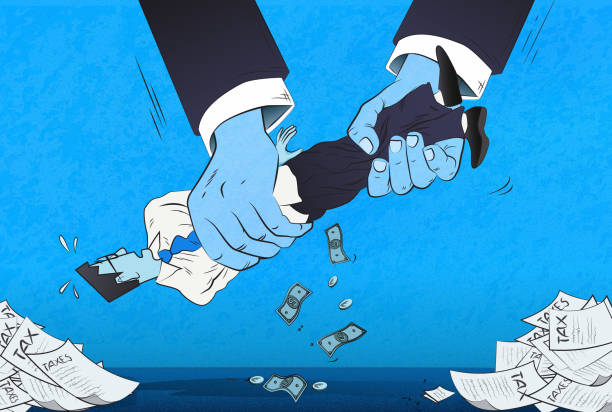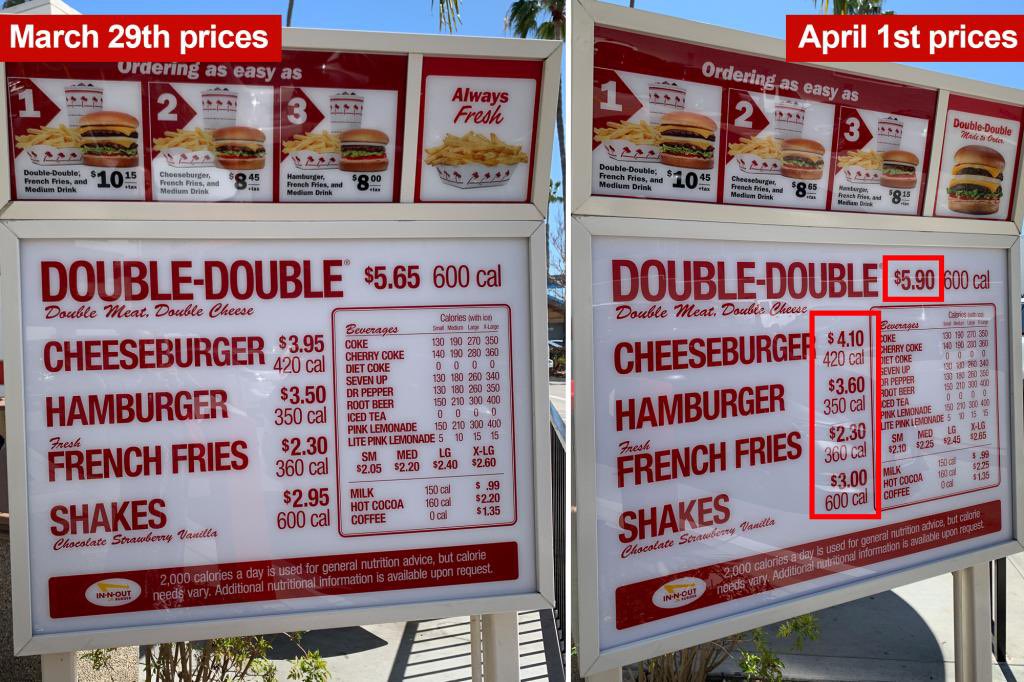It’s never that bad?
A spokesman for Working Washington, the union-backed group behind the push for a higher minimum wage, offers small businesses expressing concern over the state’s new, higher minimum wage this little pearl of wisdom: “It’s never that bad.”
He explains that “once that first emotional reaction passes by” (of wondering how to afford the higher wage costs) employers will magically realize the higher wage mandate is a win-win, for businesses and workers. Workers will have more money to spend and that will benefit businesses.
After all, just look at Seattle, where the minimum wage began increasing two years ago towards $15. According to Working Washington, predictions of “mass business closures or job losses proved to be wildly incorrect.” Low-wage workers are earning more and the city’s economy is booming. Heck, some new businesses have even opened.
It’s all rainbows and unicorns. Except, of course, that it isn’t.
Some businesses have closed. Z Pizza and Louisa’s Café & Bakery are just two examples. Cascade Designs moved 100 of their lowest-skilled jobs to Nevada. Icon Grill eliminated three weeks of paid vacation that used to be offered. Retrofit Home and Husky Deli say they will no longer hire young workers with no skills. Ivar’s restaurant eliminated tips and increased prices 21%. And Seattle restaurateur and celebrity chef Tom Douglas says that for the first time, he is looking to open his next restaurant outside of Seattle.
The University of Washington study commissioned by the city of Seattle clearly identifies some unintended side effects of Seattle’s higher minimum wage:
“The major conclusion one should draw from this analysis is that the Seattle Minimum Wage Ordinance worked as intended by raising the hourly wage rate of low-wage workers, yet the unintended, negative side effects on hours and employment muted the impact on labor earnings.”
So Seattle’s low-wage workers are no better off, and the study reveals they are actually “lagging behind” low-wage workers from other cities with less robust economies. But hey, “it’s never that bad.”
Keep in mind, the UW study so far only examined the first phase of the city’s wage law, which bumped the minimum wage to $11. The real impact won’t be known until all employers are paying the full $15 wage. Add to that the fact Seattle’s booming economy is likely blunting, if not completely masking, more significant impacts, the full extent of which won’t be seen until the economy slows.
While there haven’t been “mass business closures or job losses” in Seattle yet, one must consider the impacts we can’t see, such as how many jobs were not created in Seattle because of the city’s high wage mandate. And what happens when the $15 wage is fully phased-in and Seattle’s hot economy begins cooling? Because it’s never that bad…until it is.





